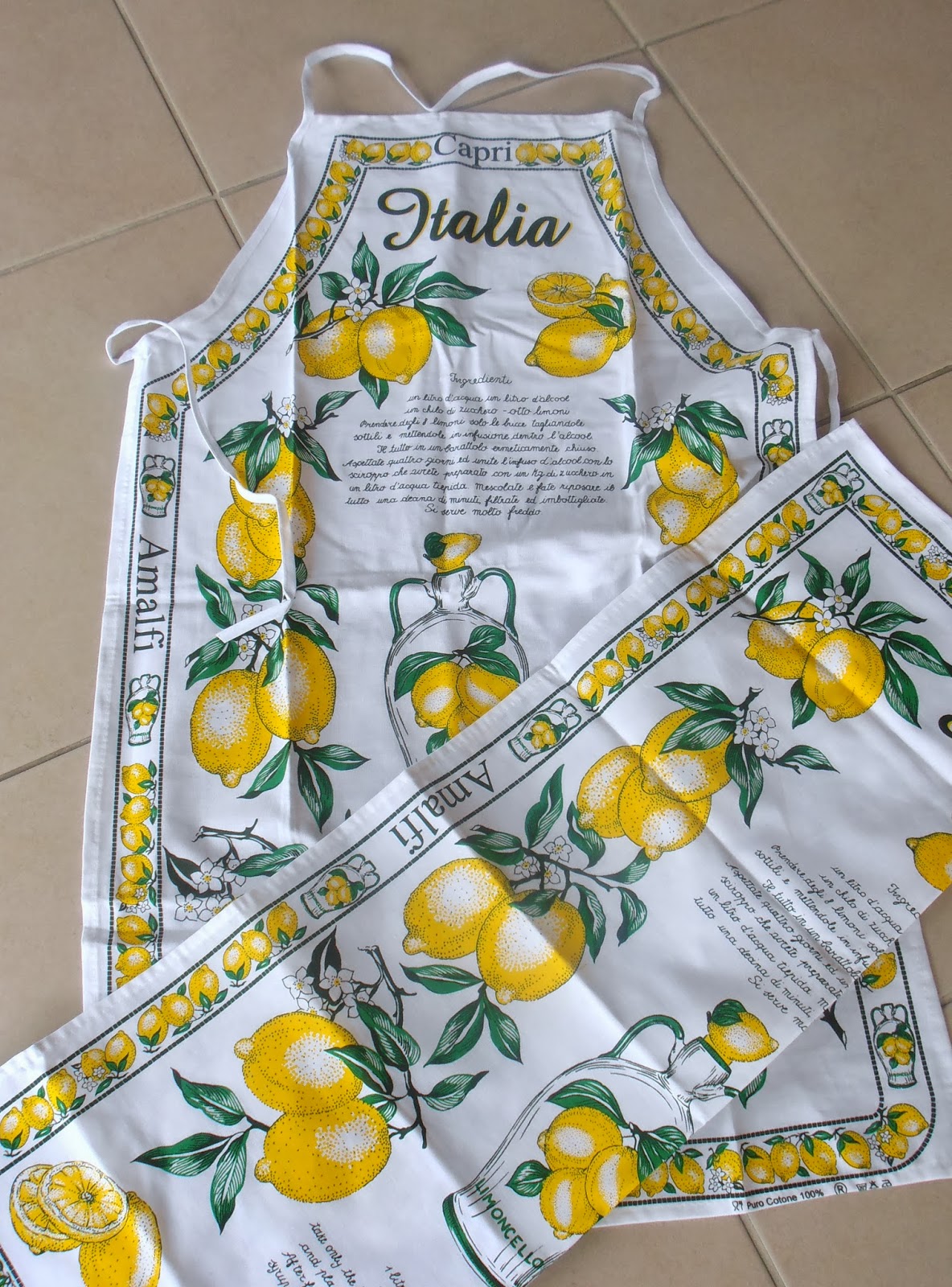 |
| A bright and cheerful souvenir shop at Olbia, Sardinia |
 |
| Beautifully packaged lavender products from St Tropez |
 |
| Hand-painted ceramic tiles from Palma |
 |
| Local delicacies at Mahon |
Mao (Mahon), Minorca, Spain: Flat leather sandals are locally made and hard-wearing. Pastries made into coils called ensaimada are delicious. Other beautifully packaged foodstuffs make nice gifts.
 |
| Distinctive ceramics and cork are souvenirs of Olbia |
 |
| Citrus from the Amalfi coast at Pompeii |
 |
| Aprons and tea towels make lightweight souvenirs |
I hope these examples have given you a few ideas of what you'd like to buy on a Western Mediterranean cruise.















